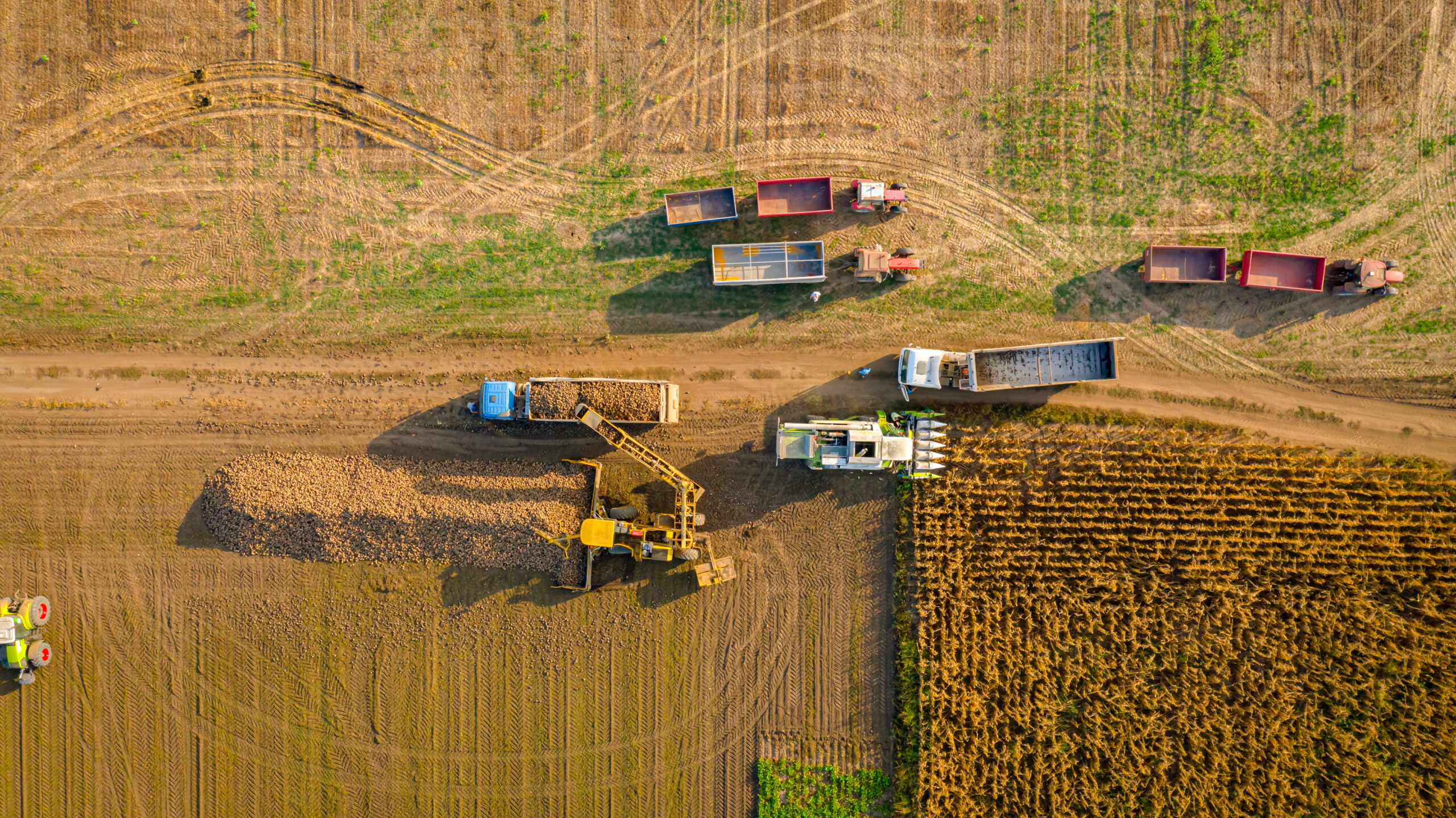Commodity trading firms are dealing with fragmented data, expensive integrations, and compliance headaches, all while trying to keep up with inefficient surveillance. Data silos slow down decision-making, and disconnected systems make risk analysis a challenge.
In this blog, Vivek Pathak, COO, BroadPeak, looks at the impact of data chaos and how BroadPeak turns complex data into actionable insights for quicker, smarter decisions.
What problems were you trying to solve when you founded BroadPeak?
Much before Broadpeak I worked in the Canadian oil refining industry, doing refinery design including heat exchangers and distillation columns. I loved the work. I then moved to New York for my wife’s job and couldn’t find work in that side of the energy industry locally.
I eventually started consulting for energy firms and metals traders who were modeling physical refineries in Excel. I noticed problems in their spreadsheets, pointed them out, and they said, “Come sit with us.” That’s how I got into this before eventually helping manage all the tech at a major global financial services firm for commodities trading. It was really fun, complex, and challenging.
After the market crash, I co-founded BroadPeak with two partners. Initially, it wasn’t about building a big company, it was about solving real pain points we’d had as practitioners. The last mile of electronic markets in energy was a mess. Getting all your data together was painful.
Every year while reflecting back on budgets, project forecasts, and actual delivery, integration costs stuck out. Unplanned efforts towards new products, acquisitions, more exchanges and brokers to connect to made it hard to focus on strategic efforts. So we thought: Let’s start at the last mile, the trade itself, and make sure it flows directly into your system.
Order entry, matching, risk checks, clearing was getting all the attention in electronic energy markets. However, the post-trade risk management involved a trader entering all the details by hand in a multimillion dollar risk system. We sought to close the loop on automation.
That was the genesis. We then saw more areas the industry had neglected: performance measurement, compliance, surveillance, all data-heavy, all underserved. That’s where we went.
How is compliance evolving, and why is that important for trading and risk teams?
Compliance is undergoing a major transformation. Traditionally, it was treated as a bolt-on function, a necessary but isolated part of the business focused mainly on meeting regulatory requirements. That’s changing fast. Today, the data that compliance teams rely on, things like order fills, trade timestamps, and counterparty exposures, is the same data that risk teams, traders, and even origination teams need to make informed decisions.
Take something as simple as knowing what got filled. That’s obviously essential for compliance monitoring, but it’s just as critical for understanding risk and exposure. When that data is reliable and accessible, it suddenly becomes operationally valuable across the entire business. Compliance isn’t just about preventing problems anymore, it’s about enabling smarter, better decision-making.
This shift broadens the role of the compliance officer. They’re no longer on the sidelines, sending reports after the fact. They’re in the room during strategic conversations because they now have tools and visibility that make their insights indispensable.
The tools themselves are evolving too. It’s no longer enough to have alerts that go “beep” when something goes wrong. You need a solution that gives everyone, from traders to compliance officers, access to live, actionable data. That’s what we’ve built. Our dashboards let users view all their orders, filter by relevant metadata like product or date, and drill into details instantly.
While you can still connect your own BI tools, our goal is to reduce that need by offering rich, built-in visualizations right out of the box. The bottom line is that compliance is becoming a source of business leverage.
It’s no longer just about keeping up with regulation; it’s about using that same infrastructure to drive performance, manage risk, and make better decisions across the board.
What is the biggest misconception firms have about surveillance tools, and how does BroadPeak's approach challenge that?
The biggest misconception is that surveillance is just about compliance ticking a box, catching bad actors, or generating reports. At BroadPeak we see it differently.
This isn’t just surveillance; it’s about improving decision-making. I’ve been in meetings where someone asks, “Should we buy that refinery in XYZ?” and the CRO says, “I’ll get back to you in three hours.” Meanwhile, the opportunity passes because the data wasn’t in the room. We bring data into the room in real time through a compliance lens, but with business context.
The compliance officer shouldn’t just be the person with the data, they should be influencing decisions with it. That’s why we’ve rebuilt our solution around this broader intelligence layer. Yes, it supports surveillance, but it’s also the same data you need for key operational decisions. No, we’re not your P&L system. No, we’re not your general ledger. We are the foundation for informed decision making across your organization
We’ve taken years of customer feedback and evolved from basic reporting to a dynamic, real-time solution. Our dashboards, like the one below, are native to the product. However, you can also plug in your own tools like Power BI or other visualization tools. We don’t want to cut off that flexibility, because let’s be honest, there are things you want to do that you don’t want to tell us about. You want privacy, and you should have it.
That said, once you see what our native toolset can do, you might find yourself relying on external tools a lot less because the info’s already right here. That’s the intent behind what we’ve built. This broader intelligence layer is what sets us apart from other technology providers.
How does BroadPeak help firms manage their data more effectively?
Our core data integration solution is purpose-built to solve a major pain point in trading: the messy, complex flow of data between systems. BroadPeak is designed to make real-time exchange data accessible and usable by everyone, from traders to operations to compliance.
When a message comes in from an exchange, it’s typically in a binary format that’s hard to interpret. We take that raw data and immediately transform it into a flat, normalized view. So instead of struggling with low-level message formats, your teams just see the trade clearly and instantly.
BroadPeak goes well beyond simple data ingestion. We act as a central hub that connects and reconciles data across your entire stack, from exchanges to ETRMs, surveillance systems, and analytics solutions. This means you can plug in whichever downstream tools you like, and BroadPeak will ensure the data flows correctly and consistently.
And when it comes to onboarding new data sources e.g. a new Futures Commissions Merchant (FCM), exchange, or custom file format, you don’t need to launch a big IT initiative. BroadPeak is designed with flexibility in mind. Whether you prefer to manage integration internally, seek collaborative support, or fully outsource the process, we provide tailored solutions to meet your needs.
Ultimately, BroadPeak gives your business complete control over its trading data without the usual integration headaches. We turn complex infrastructure into a simple, scalable service that’s ready to power everything from trade execution to compliance to real-time analytics.
Commodity trading firms often struggle to unify physical and financial trades. How does BroadPeak solve this?
Our solution integrates both physical and financial data throughout the entire trade lifecycle, offering what is probably the most complete set of trade information available over any relevant timeframe. We pull trade feeds from all major exchanges including ICE, CME, Trayport, and even OTC brokers, assuming proper setup is in place. That’s what makes BroadPeak a trusted source of truth.
What distinguishes our solution is its comprehensive support for physical commodities, a capability many surveillance tools lack. Unlike others, our platform is specifically designed to handle physical assets by mapping them to their related derivatives and identifying potential compliance risks, such as attempts to manipulate supply and demand in particular locations.
We’ve taken this further by incorporating spatial intelligence. We literally have maps that show you where a derivative settles, and where the corresponding physical activity is. This kind of visibility is unique and we don’t see anyone else offering it at this level.
The spatial intelligence is built on a data-driven foundation that enables us to support not only compliance but also credit risk analysis, position management, and more. By establishing a robust core data layer, firms can realize greater value across multiple functions.





